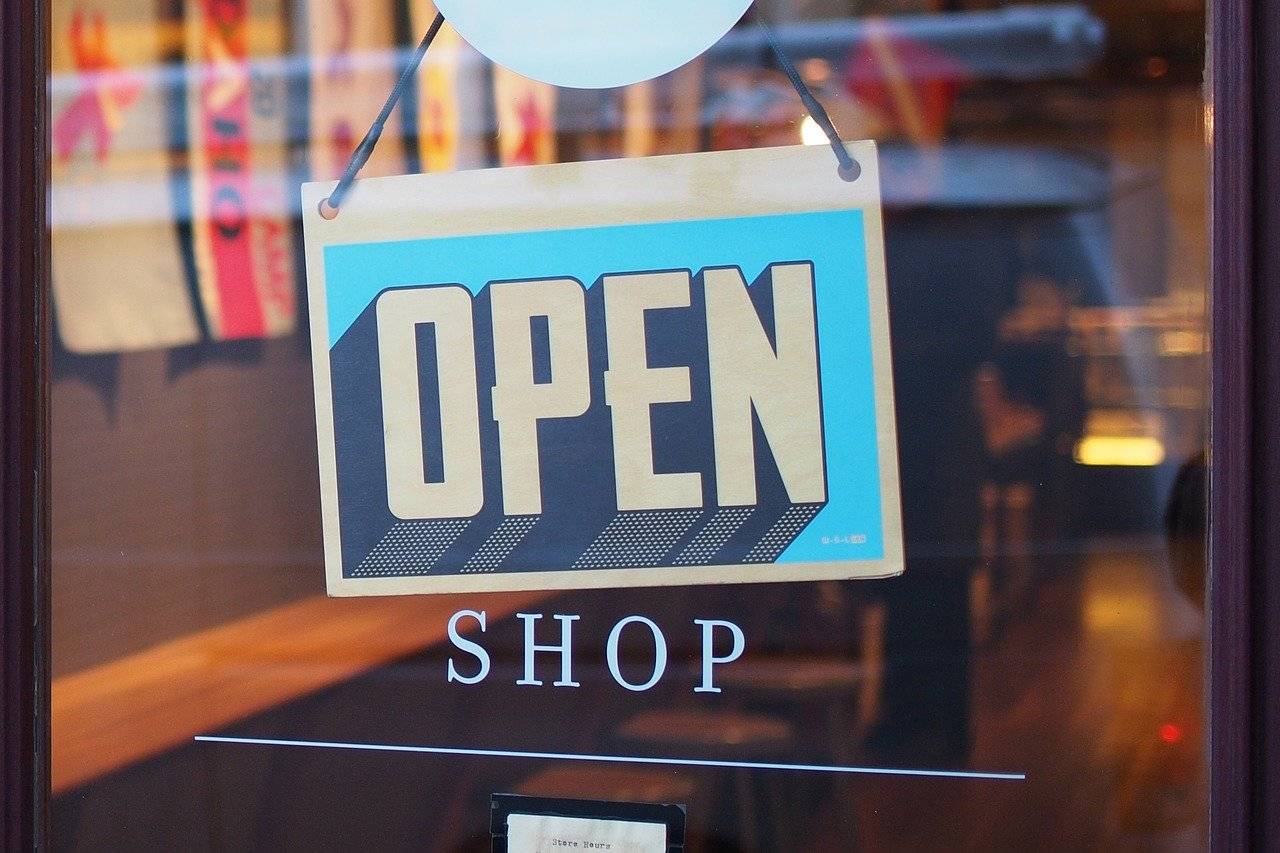The 4 Biggest Challenges Facing Independent Retailers Right Now
There’s no doubt that the past 18 months have been challenging for all retailers and continue to be. Many well-established retailers have unfortunately gone out of business and our high streets are recovering very slowly.
Small retailers have faced the biggest challenges with the switch to online shopping and an increasingly crowded marketplace. Here, the piece below, Gabriella Peace, Communications Manager of UK Greetings, one of the largest direct to retail publishers of greeting cards and social expression products in the UK, discusses the current biggest challenges independent retailers are facing and what you can do about them.
-
Competing with online
The COVID-19 pandemic and subsequent lockdowns have generated the biggest shift to online shopping we’ve ever seen. Many independent retailers had no choice but to close their doors without an e-commerce site in place. This is set to be an ongoing issue, with half of global consumers intending to continue shopping online more frequently post-pandemic.
Research has shown that fewer than two-thirds of small businesses have a website, while up to 80% of consumers research a company online before visiting or buying. This presents a significant challenge for smaller retailers that don’t have the resources to maintain a website.
During the pandemic, online marketplaces have soared in profitability – online behemoth Amazon has profited richly from worldwide national lockdowns. A lot of this profit has come from independent retailers using the platform to sell their products, but is this a benefit to smaller brands? Or could it be a hindrance?
Amazon is now a viable option for small retailers to offer their products to a wider audience. However, because many people replaced shopping locally with shopping on Amazon, the market is saturated.
With prices starting at only £25 a month, it’s a tempting option for small shops that can’t afford the upfront and ongoing costs of a dedicated website. You will, of course, need to supplement that with some marketing in order to stand out in the crowd. This brings us to our next point…
-
Effective marketing tactics on a budget
Marketing your business, especially to a wide audience, can still be costly. If you’re going up against larger, more established businesses, it’s easy to get drowned out. For years, TV dominated advertising, while independent retailers used more traditional tactics. Now, online marketing is king, whether that’s organic search engine optimisation (SEO), paid search, or social media advertising.
Small retailers who have a dedicated website may be able to benefit from SEO and paid search advertising, but what about those who don’t? The answer may lie in social media marketing. If people are already familiar with your brand name locally but you don’t have a website, having a presence on social media is a great way to take up some search engine real estate when people Google your business.
Posting regularly on social media – whether that’s new products, promotions, or activities – is a great way to keep your small brand front of mind. What’s more, if your loyal customers follow you, they can increase your reach by sharing your posts. In order to get your followers to promote your content, it’s important to make it shareable. For example, a card supplier with cheeky or relatable slogans has a product that people will want to photograph and post or share from your page. Equally, a candle shop with stunning packaging could inspire some unboxing videos.
Setting up a Google My Business account is also essential to reach the people who may search your brand online. This will show your store’s location, opening times, and reviews. It’s a great way to drive footfall to your business without the need for a dedicated website.
-
COVID-19 isolation still poses staffing problems
We know that those who test positive must isolate for 10 days. However, as more of us are double-vaccinated, fewer people will be required to isolate if they’ve come into contact with a COVID-positive person. Isolation could still pose a problem in your business though.
In the past few months, one positive case could have shut down your business. Now, this isn’t the case, but we can’t become complacent – especially as you’re likely to have a low employee count. One ten-day absence could still negatively impact your business.
Continuing to enforce strict hygiene rules in your shop will help you prevent the spread of COVID-19 and limit the chances of one of your employees – as well as your customers – catching it in your store.
-
Empty high streets
As a result of consumers shopping online more, many chain stores have closed some of their high-street branches. According to 2021 research from PwC, over 17,500 branches of chain stores closed as a result of the pandemic. A further study from LDC showed that significantly fewer independent stores closed for good, which is great news for small retailers.
The closure of many local shop branches is likely to bring both opportunity and challenges to independent retailers. With more properties available in key locations, smaller retailers have the chance to move to a more lucrative location. However, unless enough of these properties are occupied, lower footfall may impact profitability.
Retail property rents have dropped significantly since the beginning of 2020, presenting a unique opportunity for small retailers. However, as high streets recover, caution must be taken when opting for a swanky new location. As more vacant stores are occupied and people return to the high street, rents may increase again to an unsustainable level.
Small retailers have long faced steeper hurdles than established enterprises. Many of these have been more acutely felt during multiple national lockdowns. As retail begins to recover from the effects of the pandemic, these are the key issues independent retailers will need to consider and possibly address.

